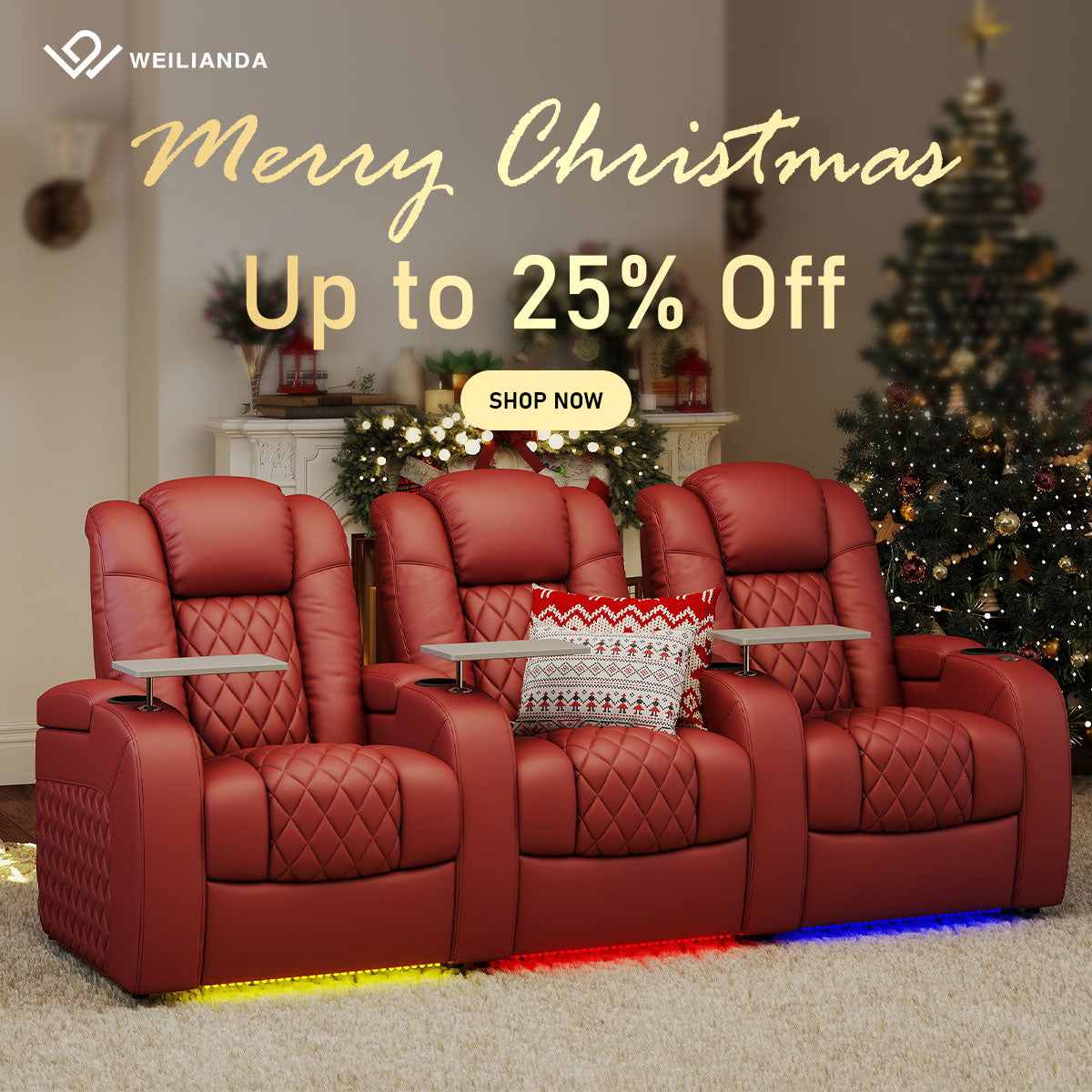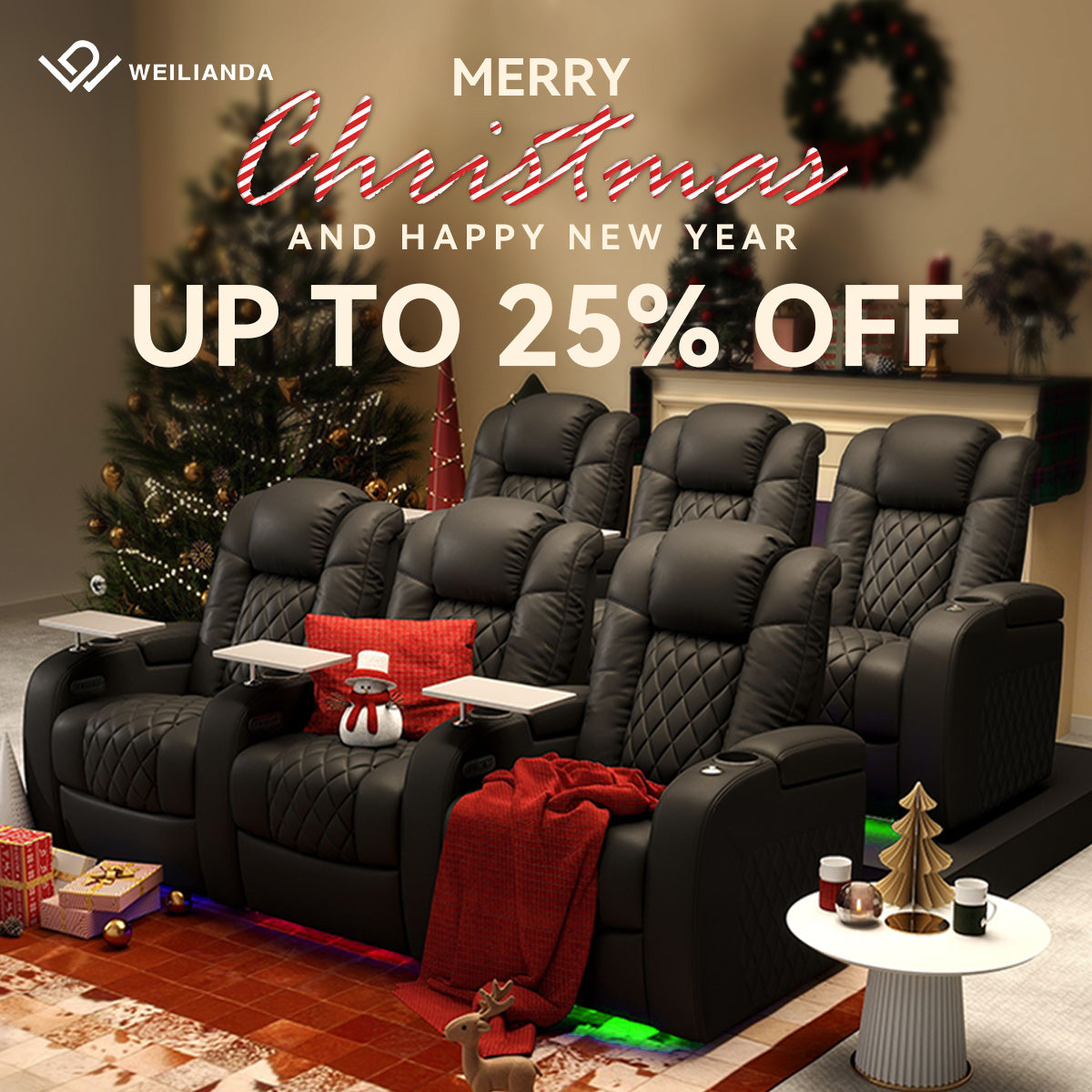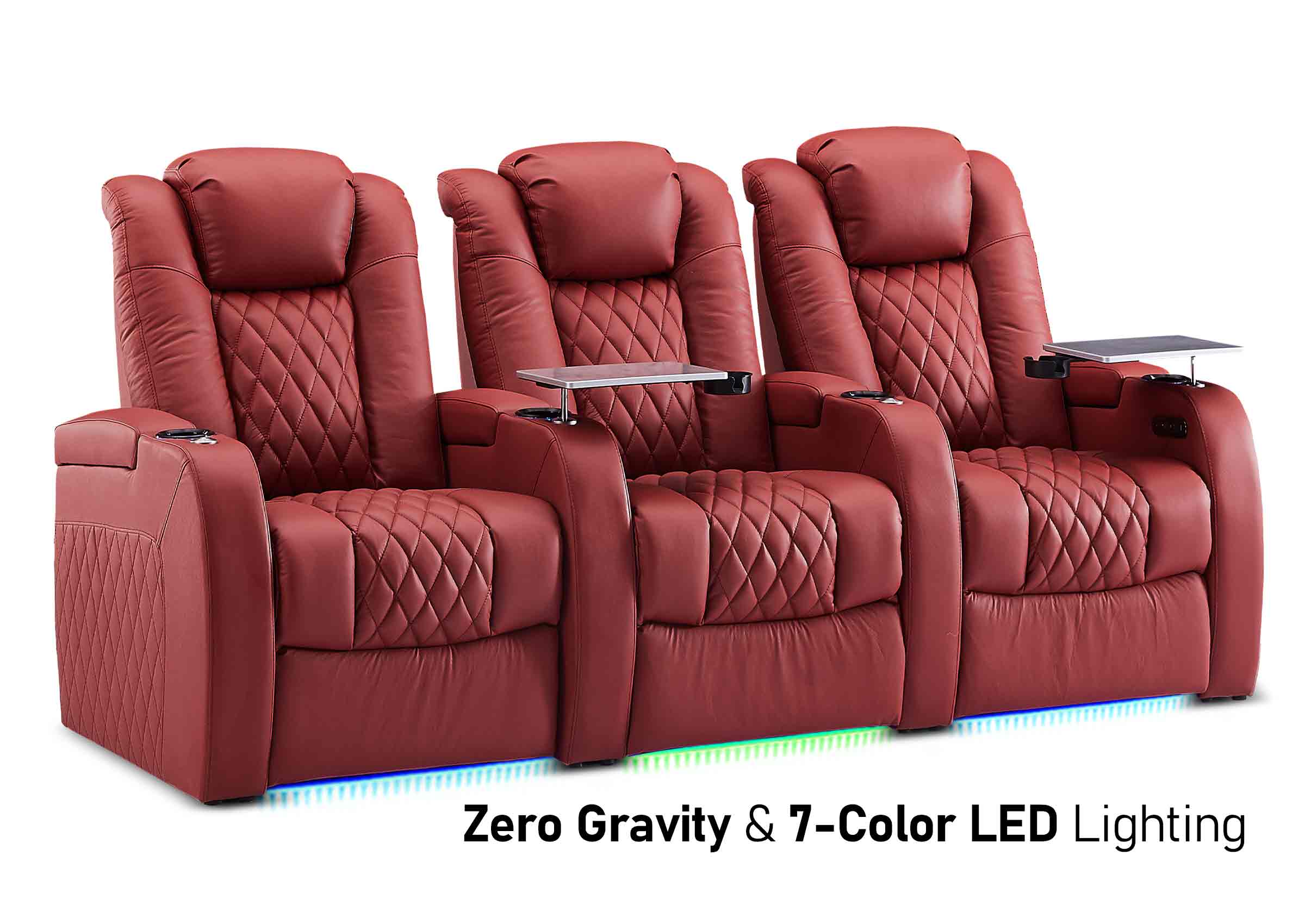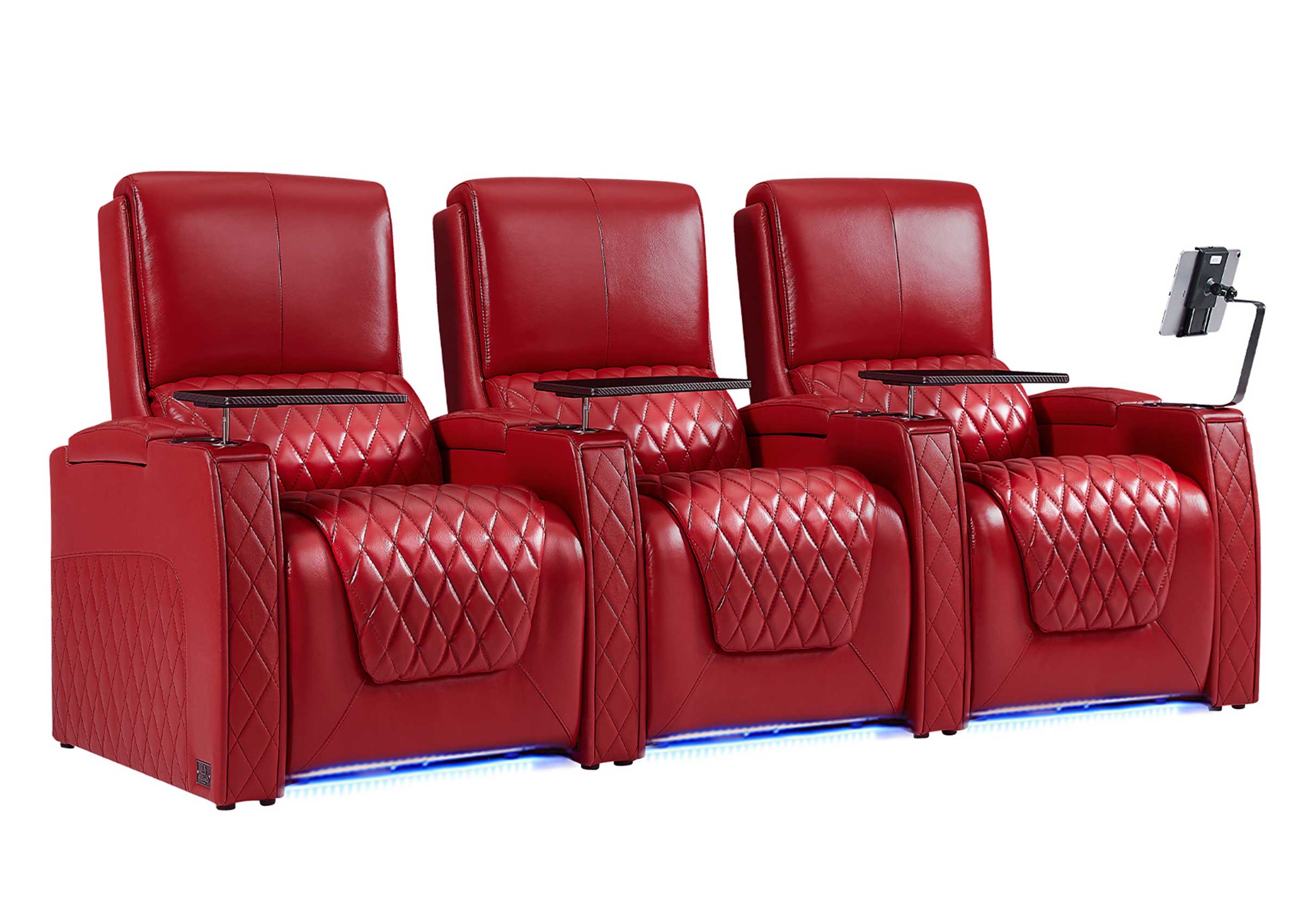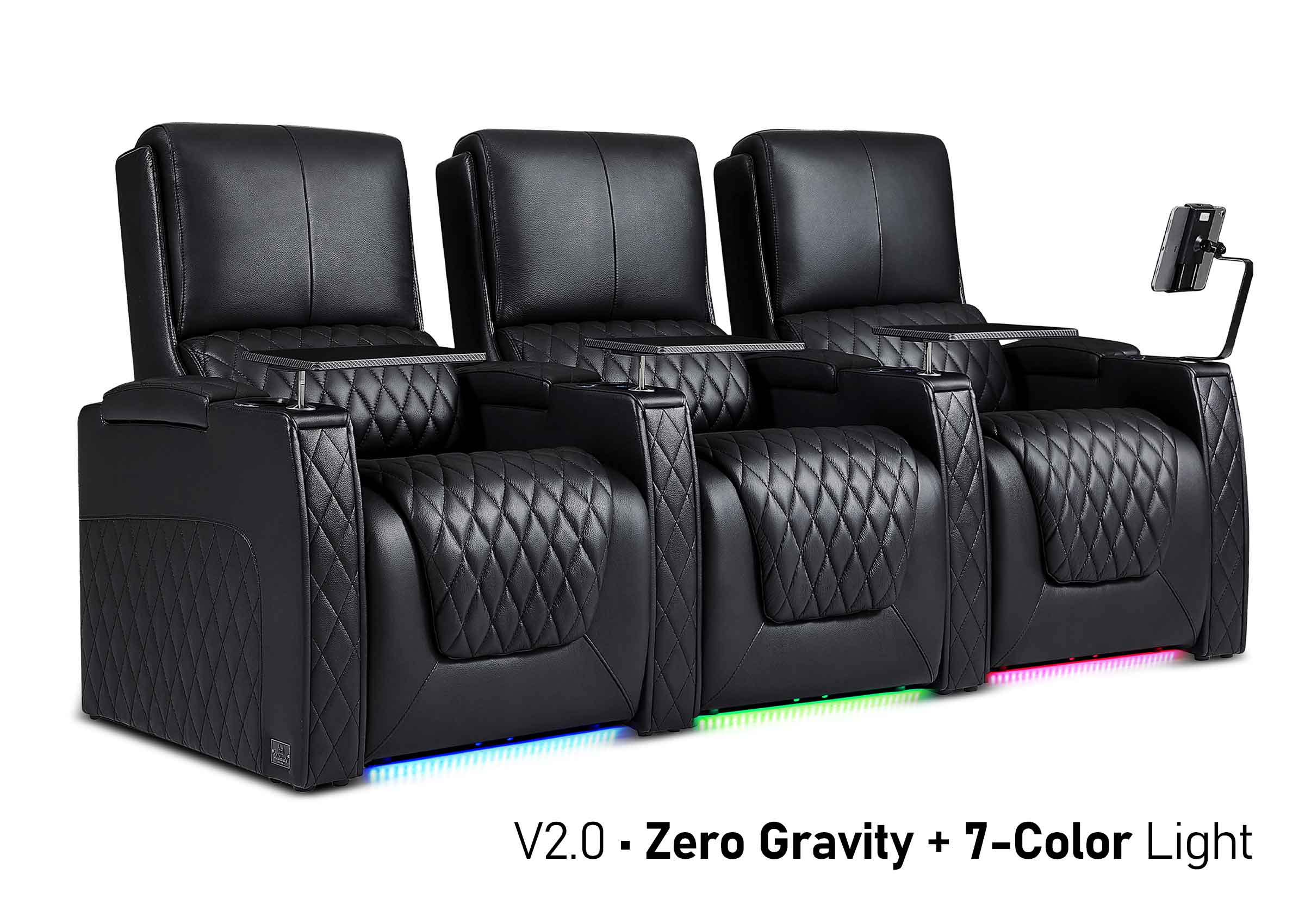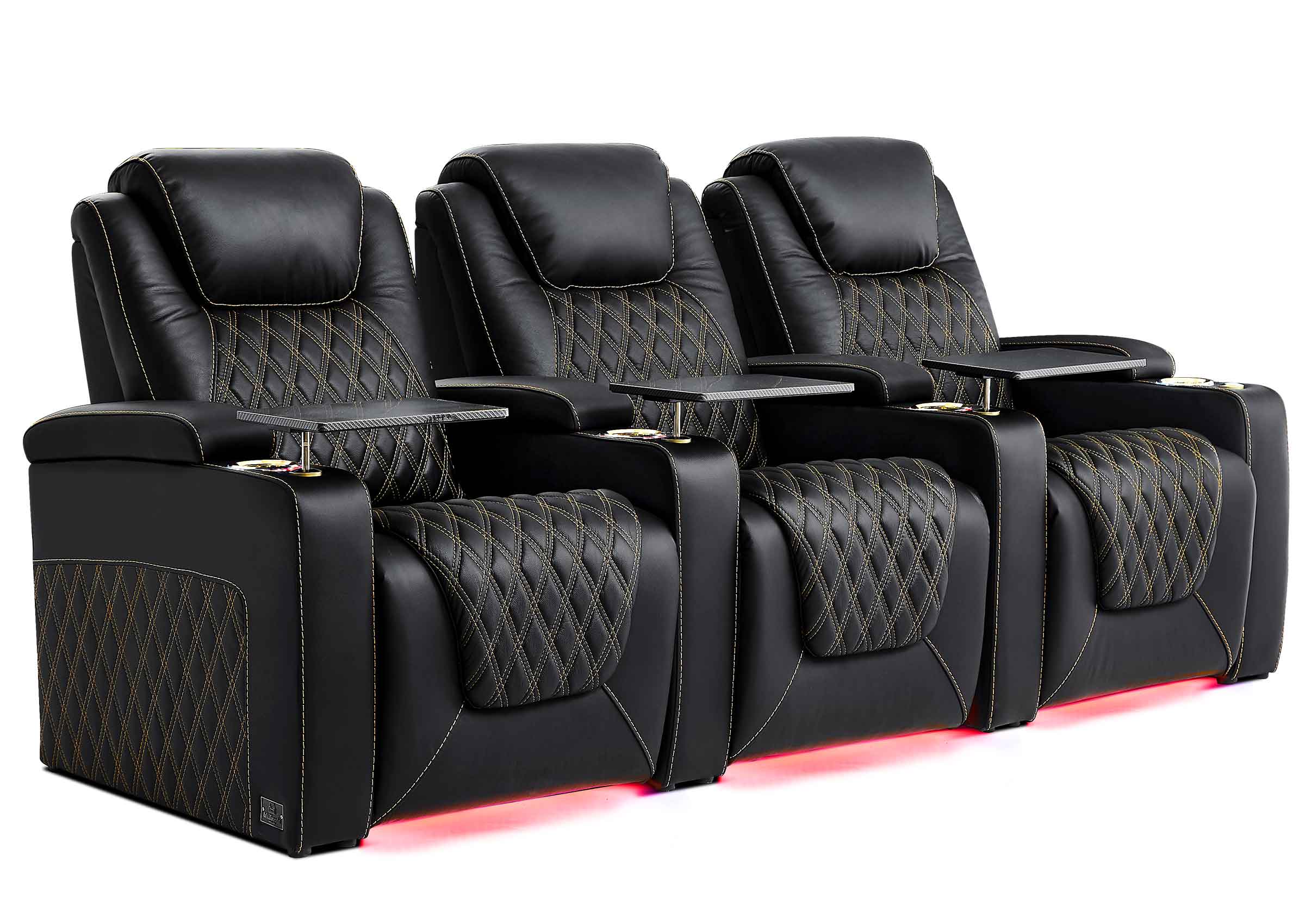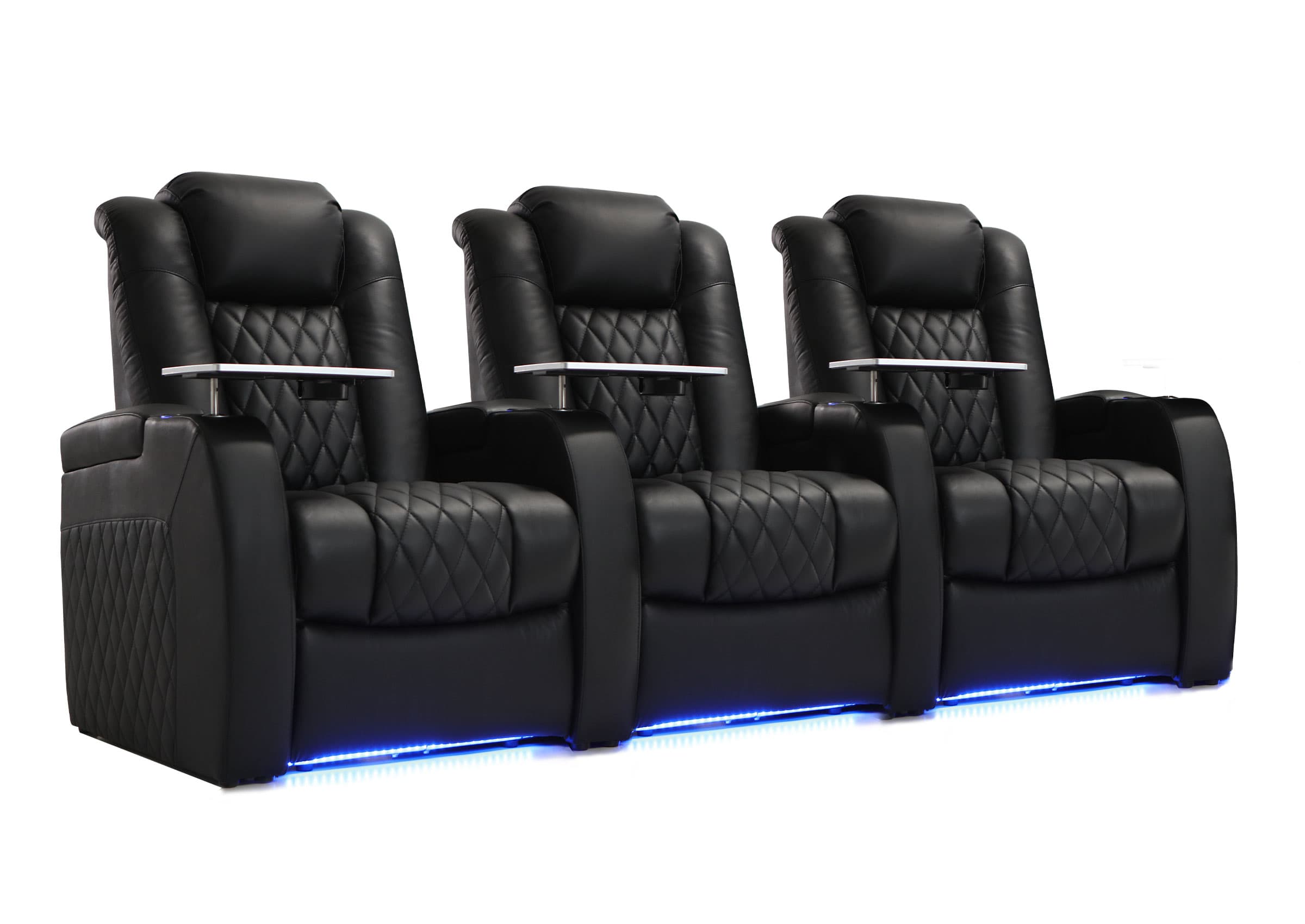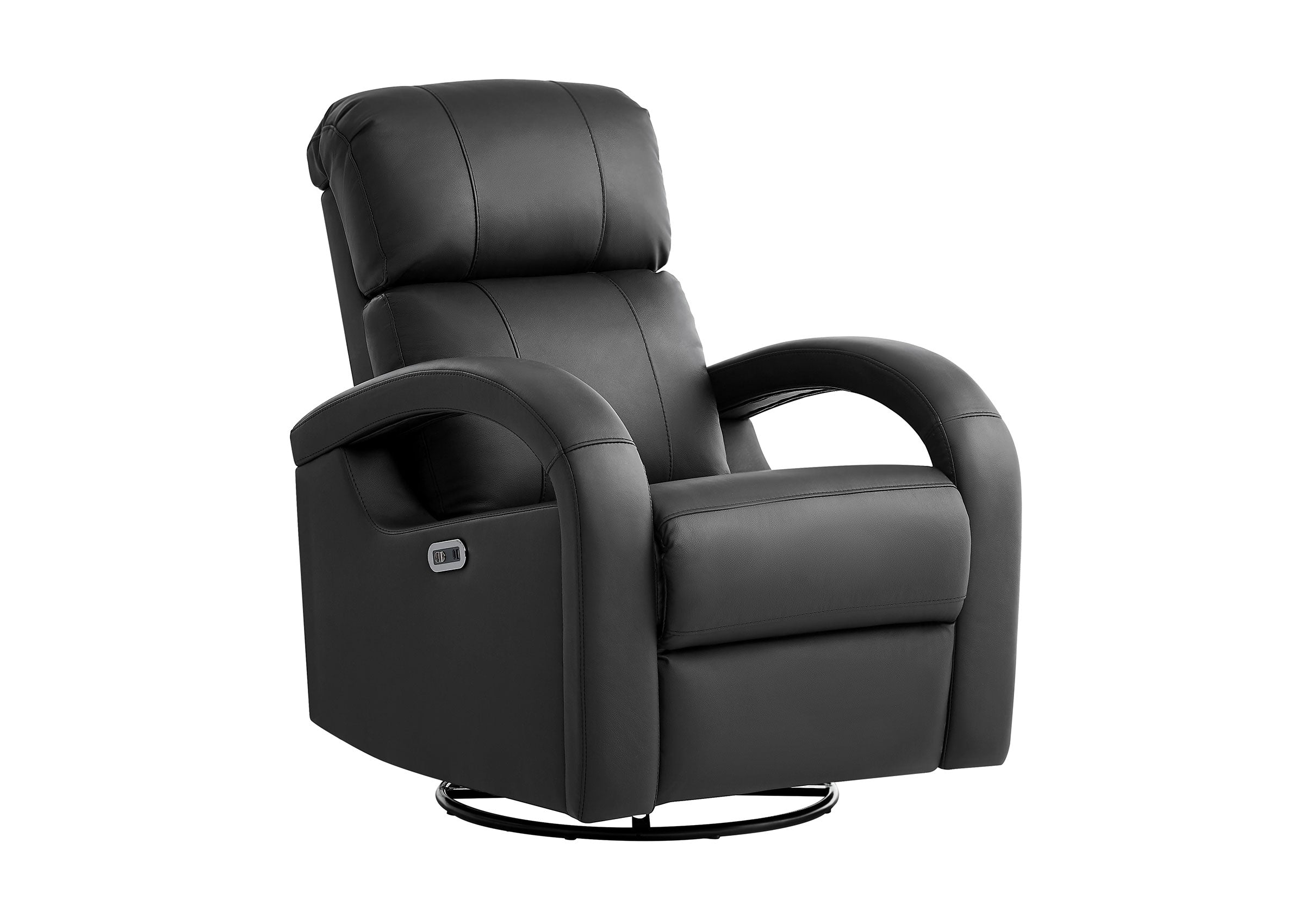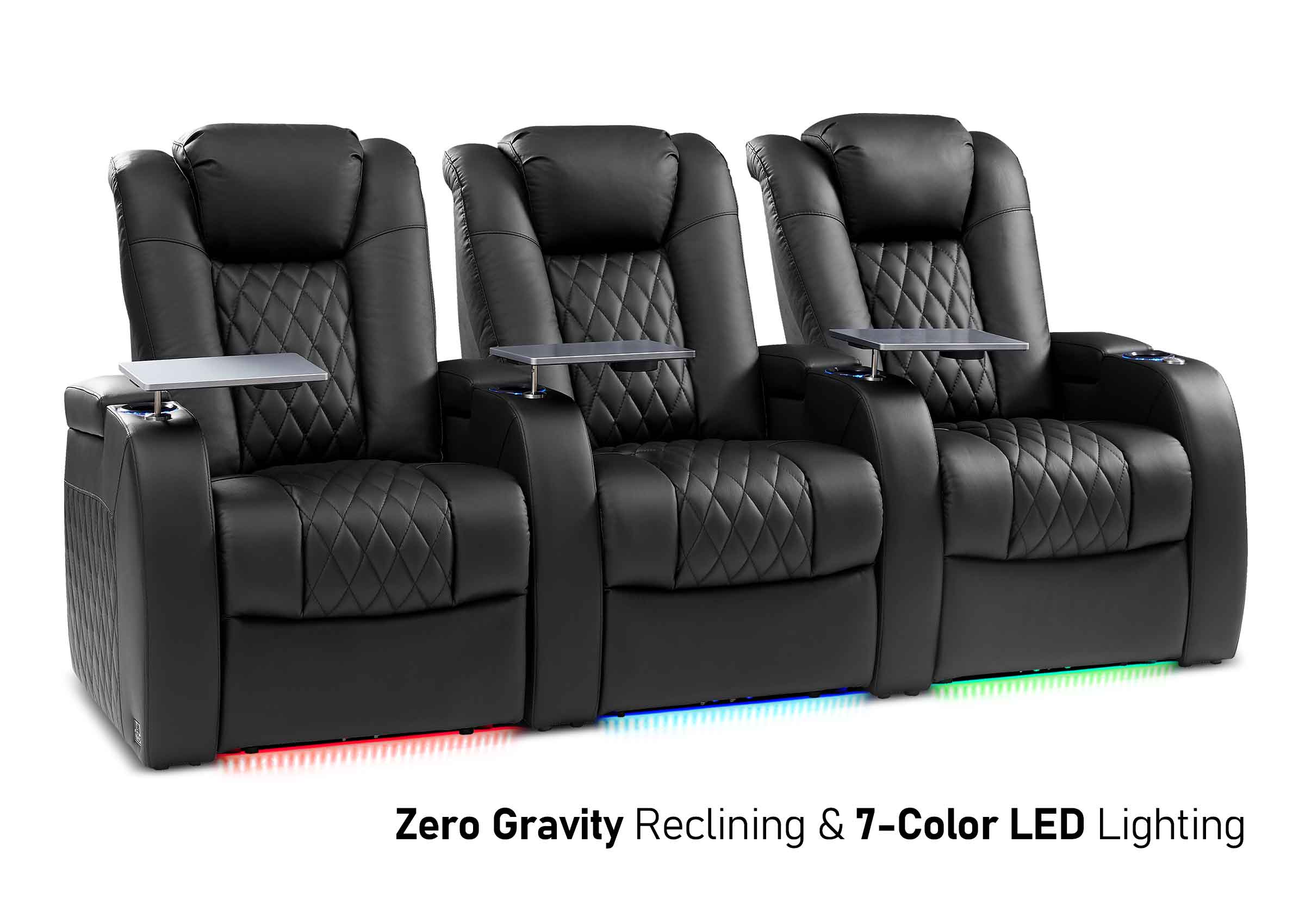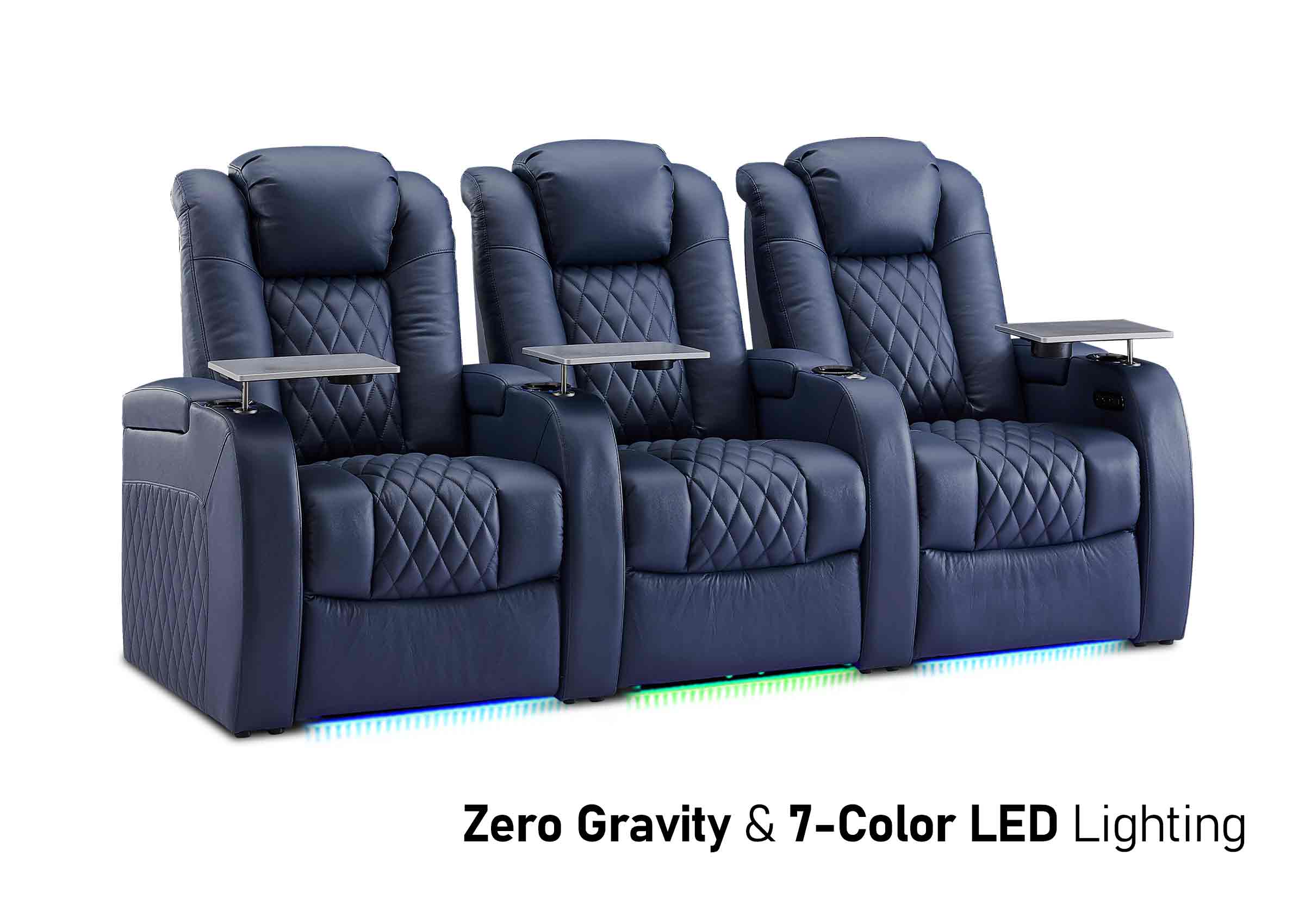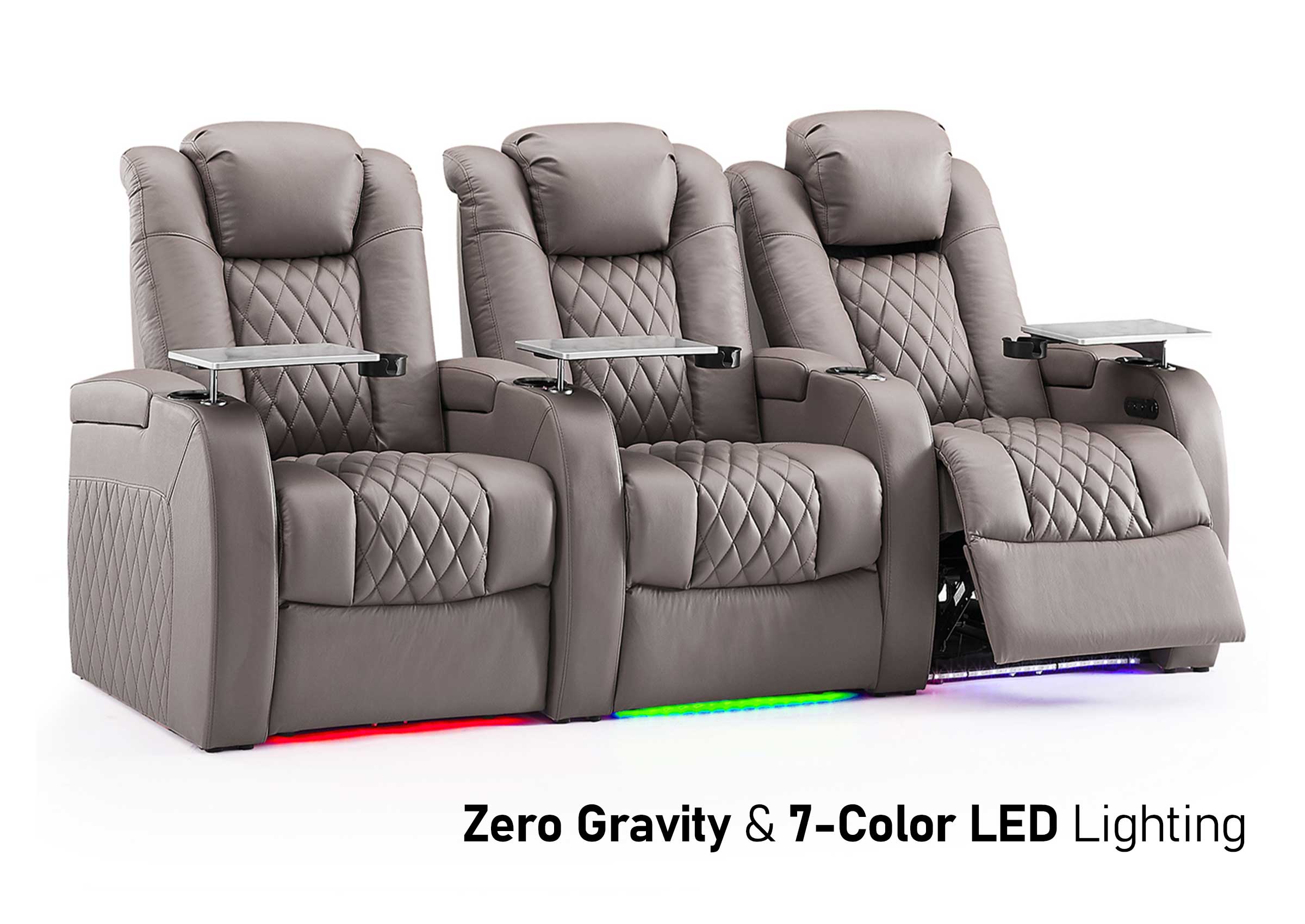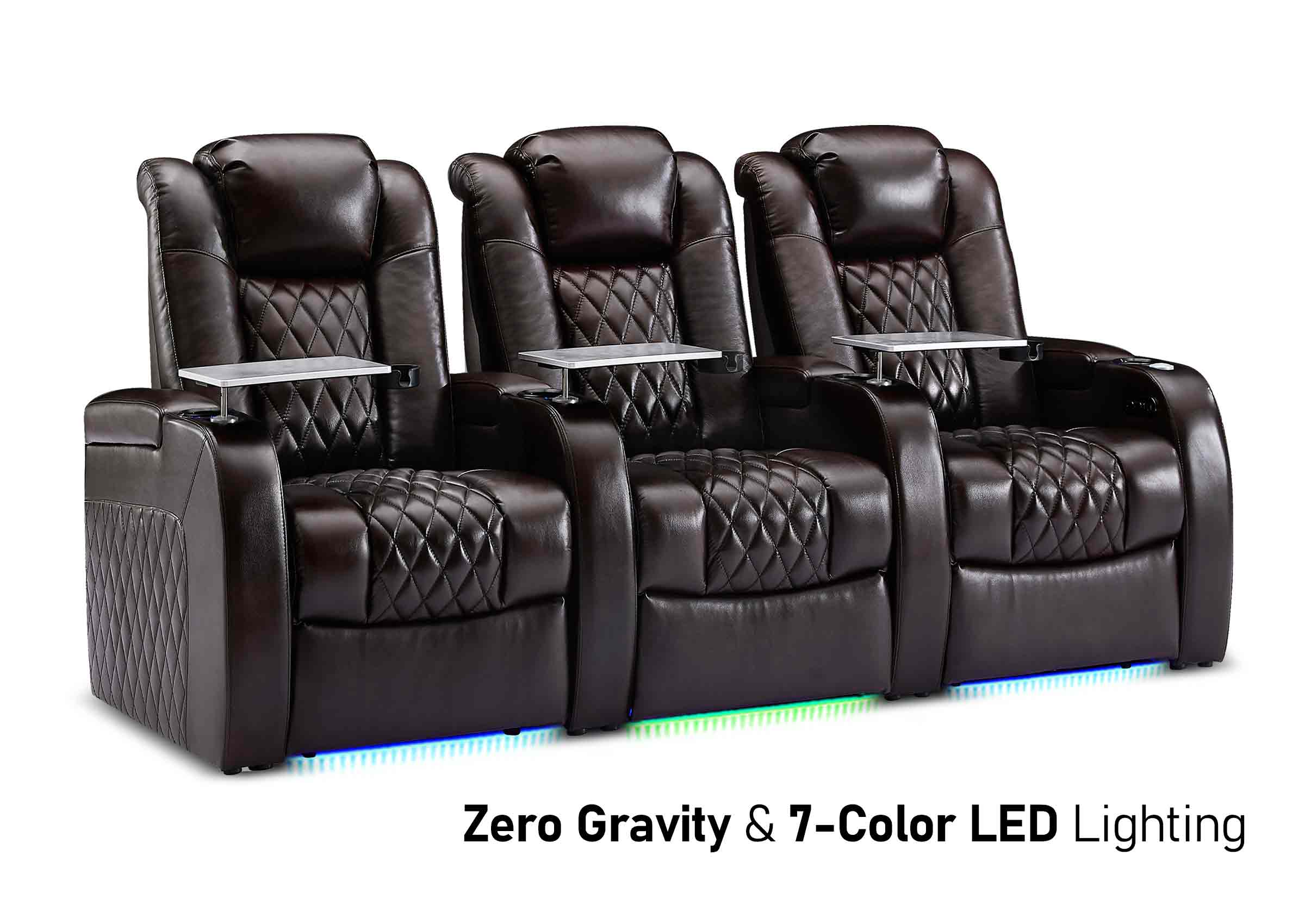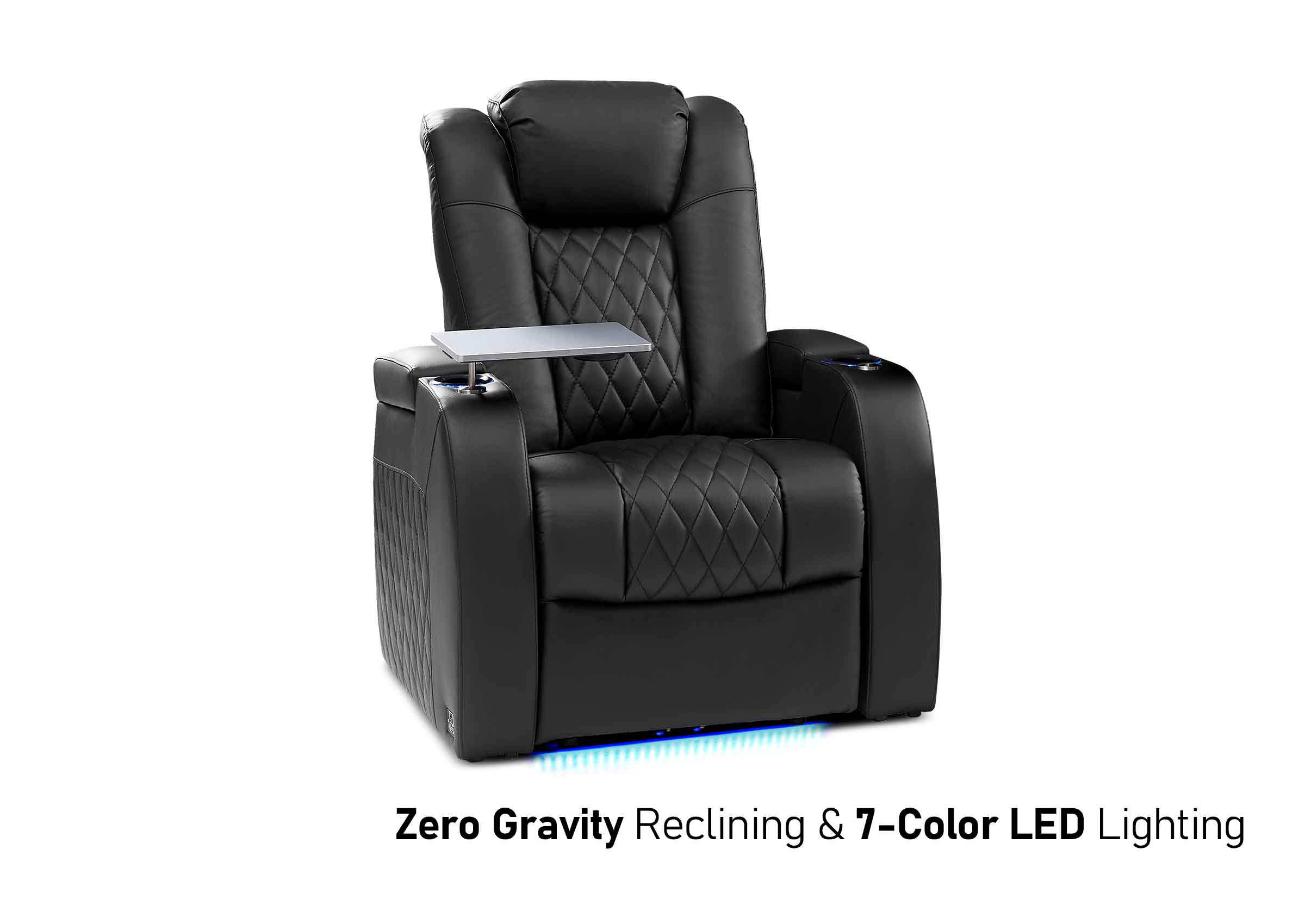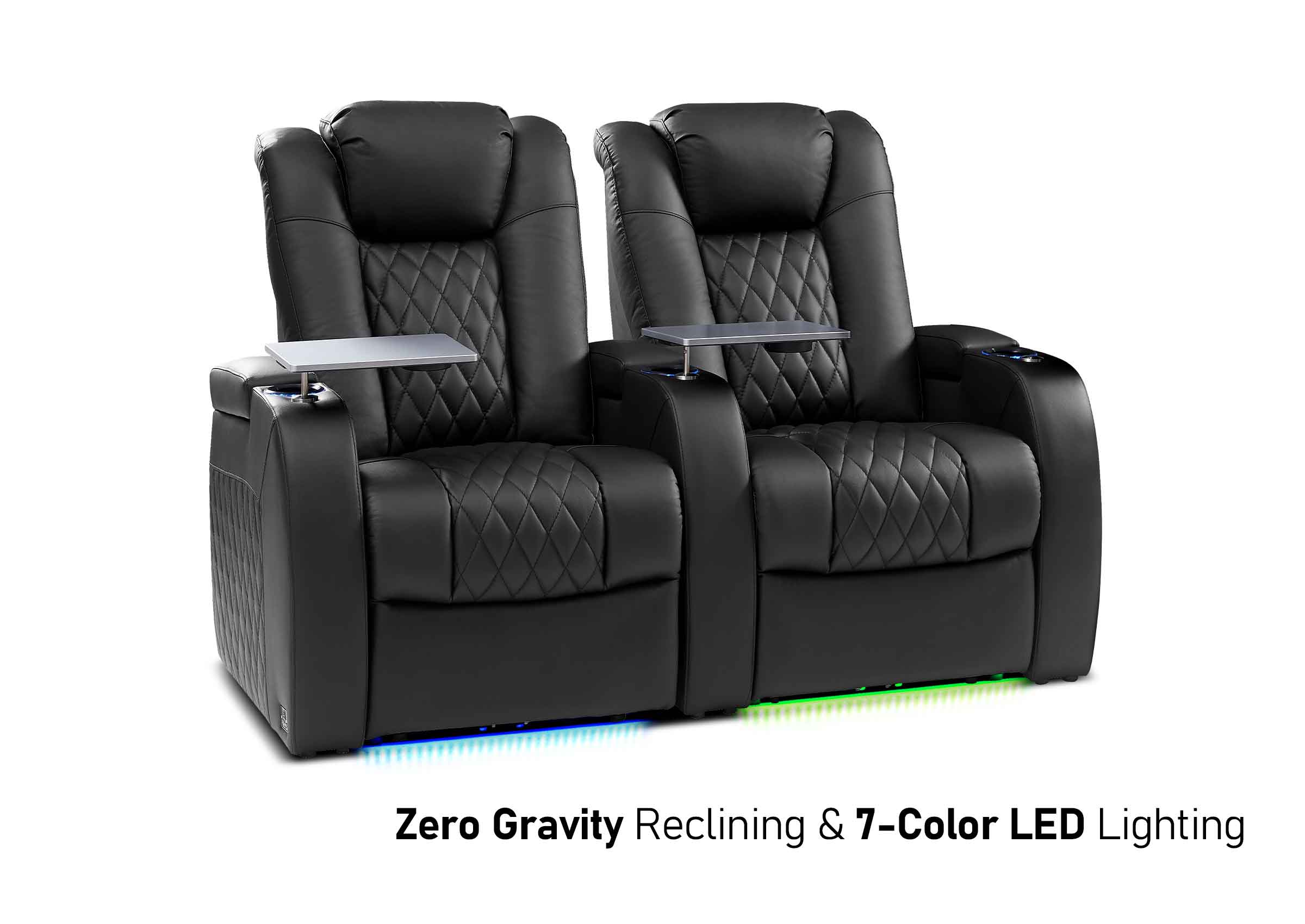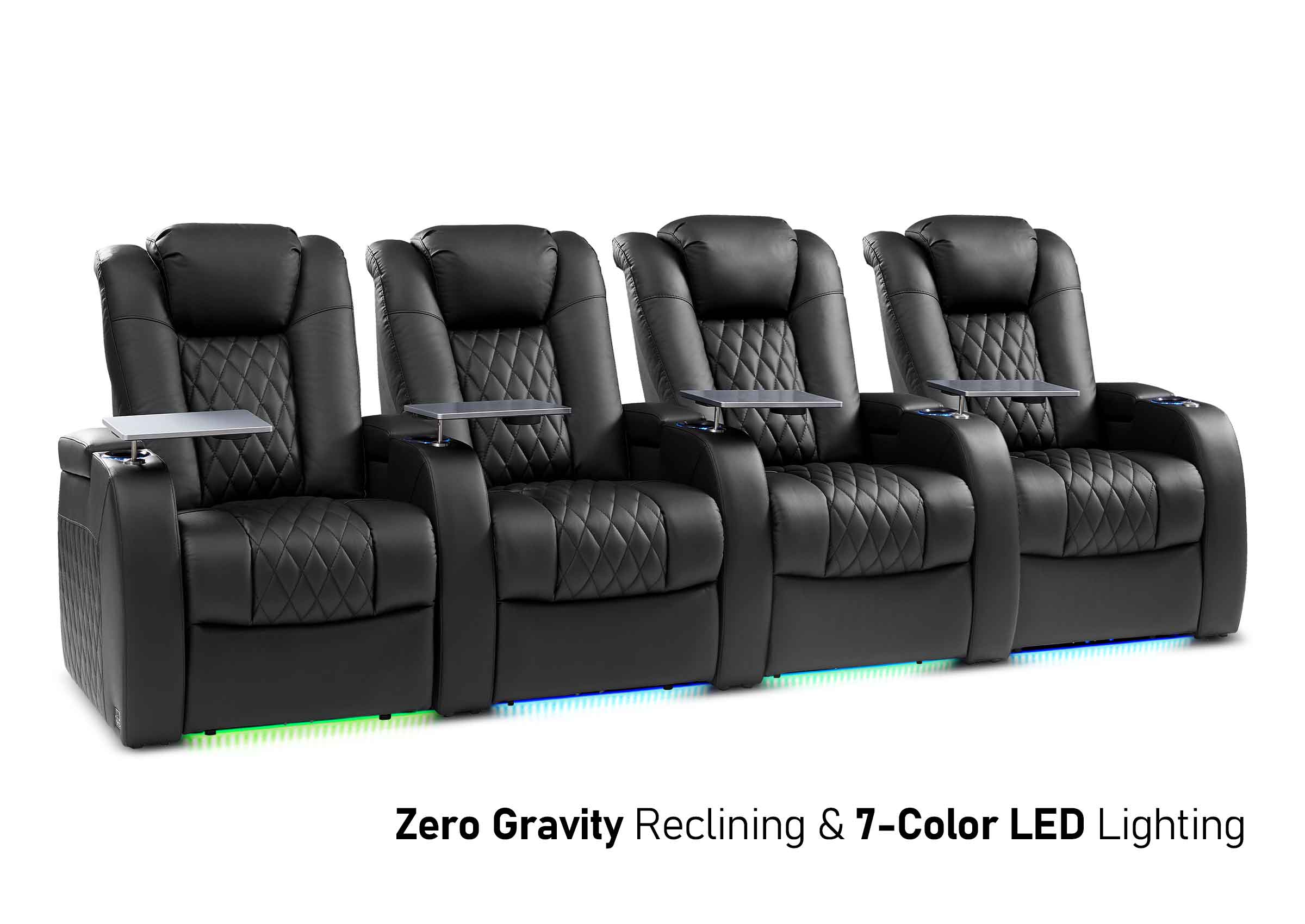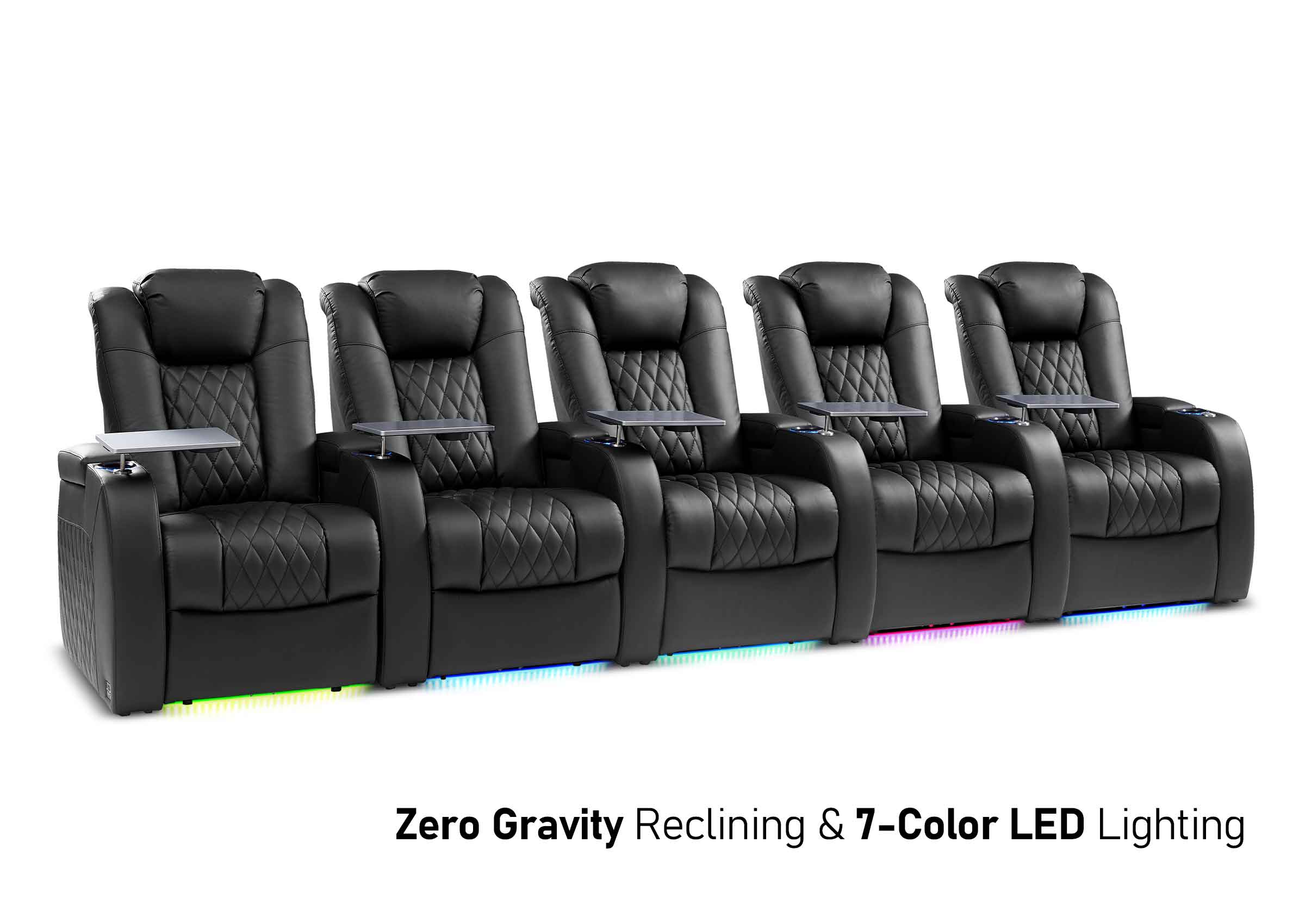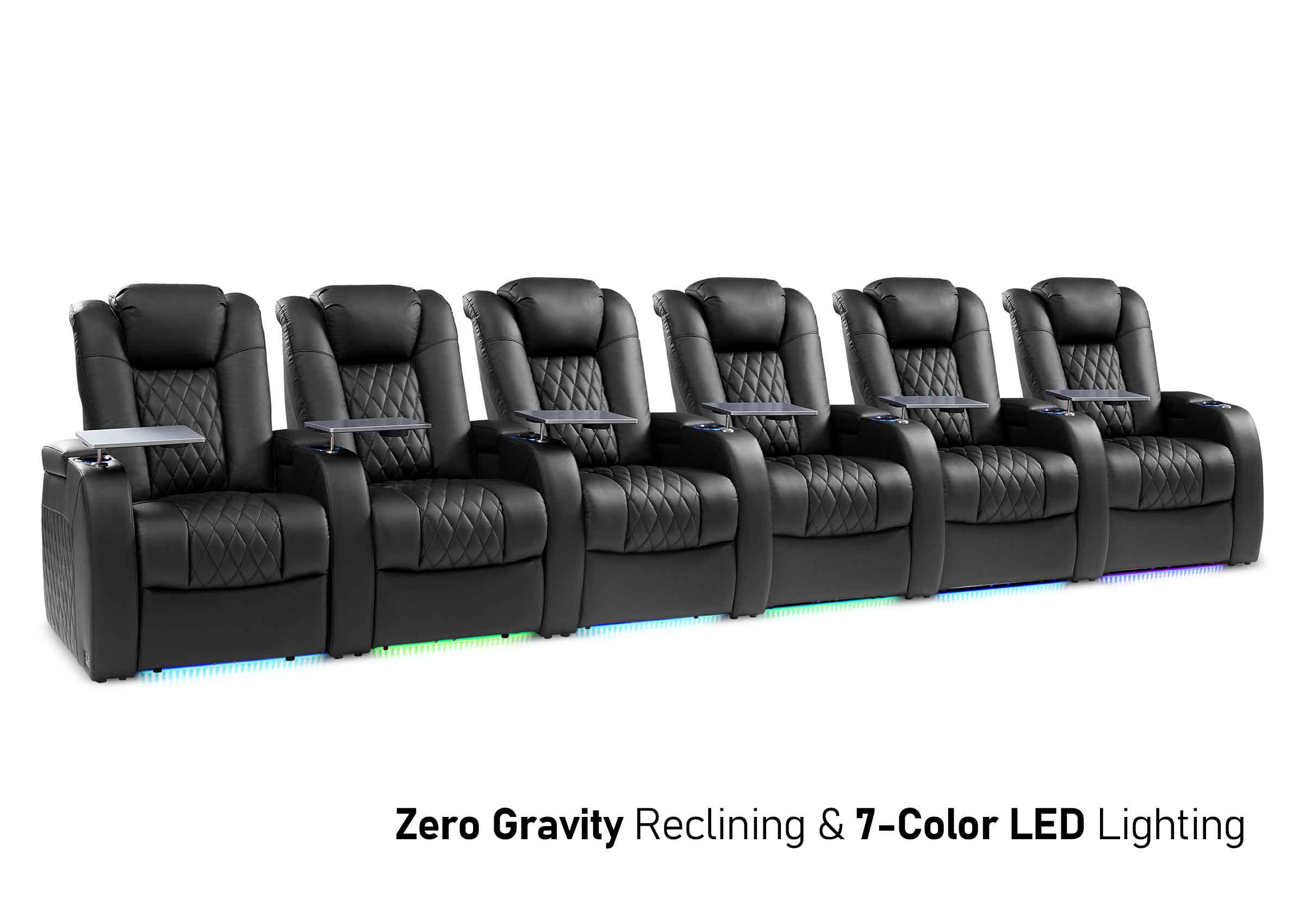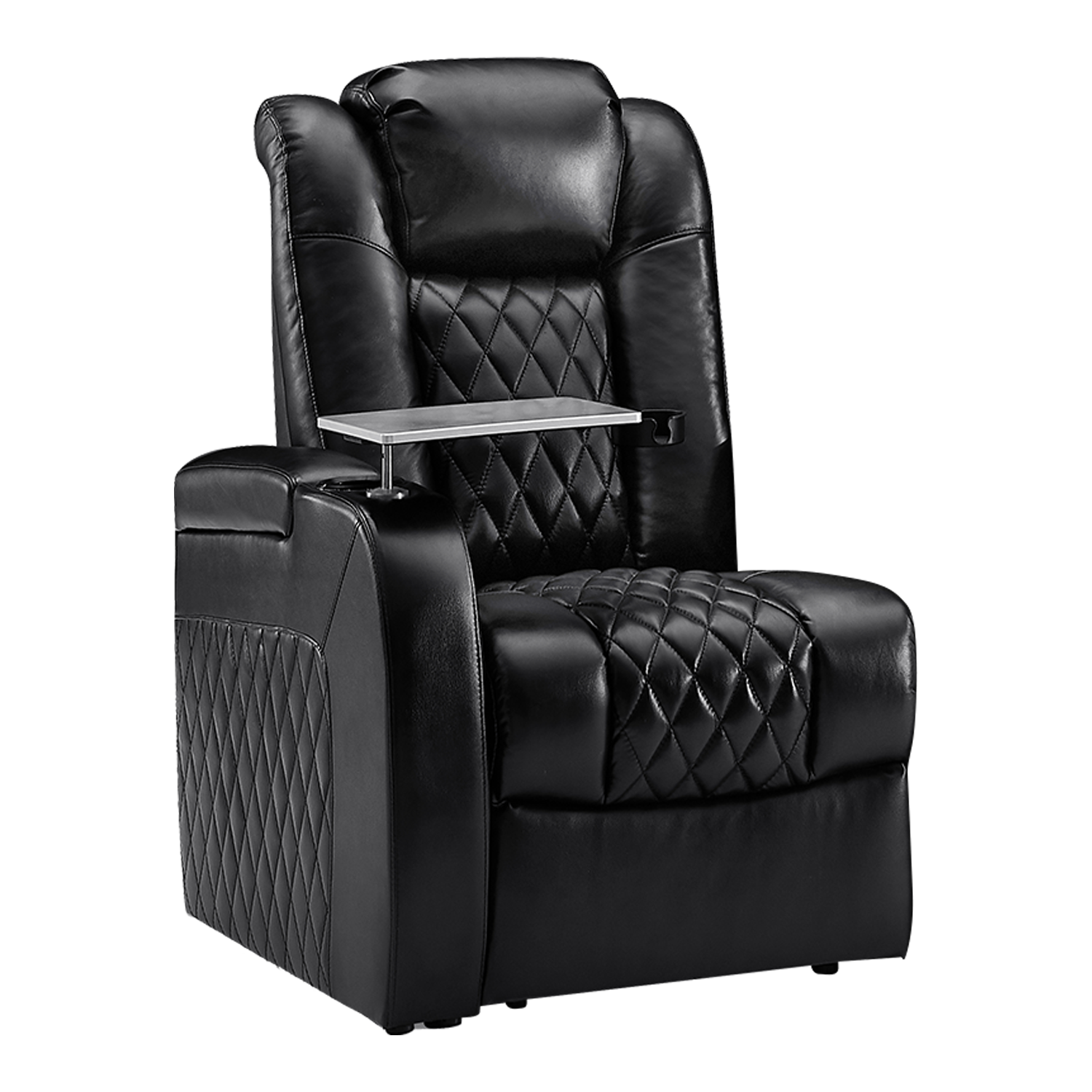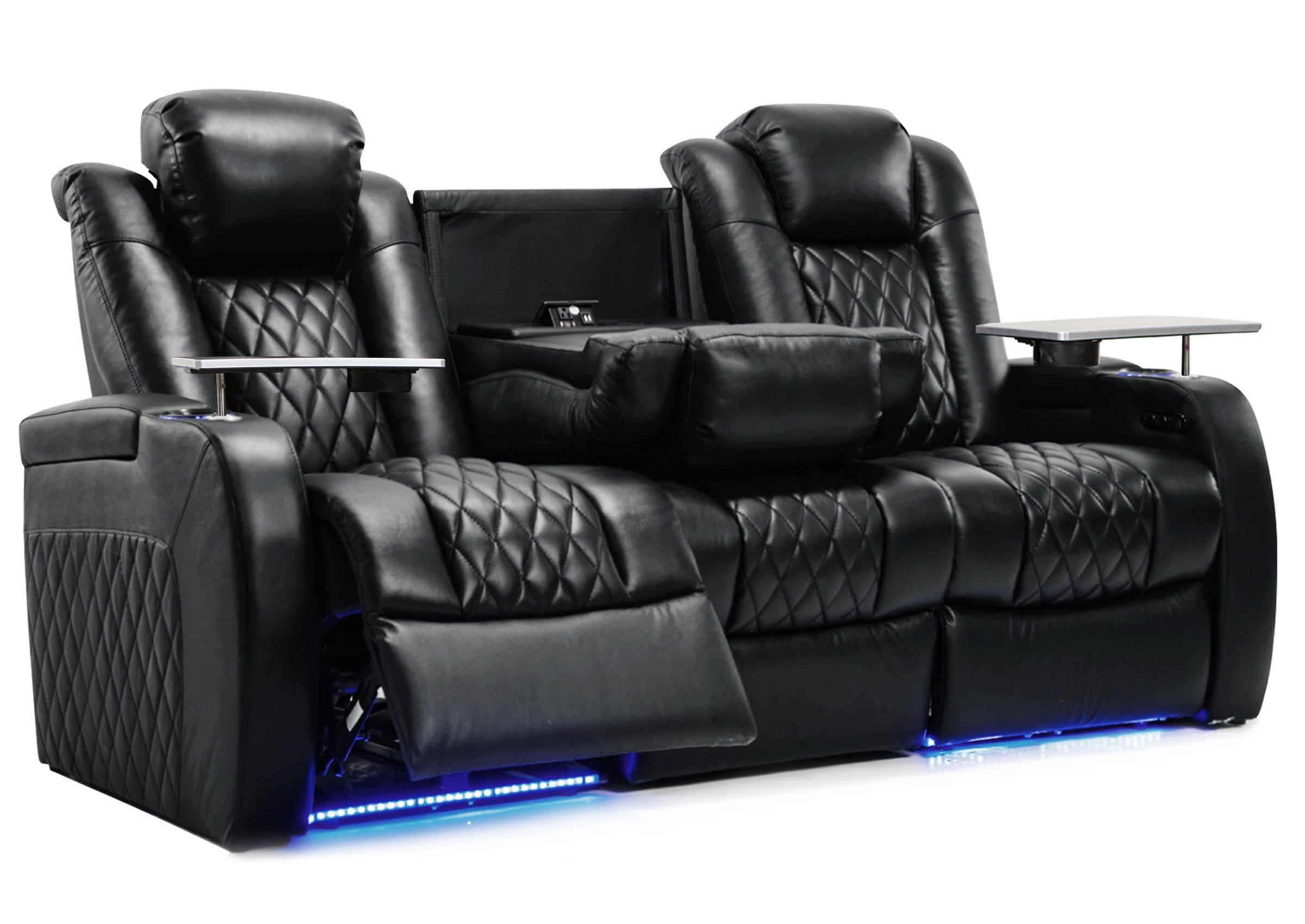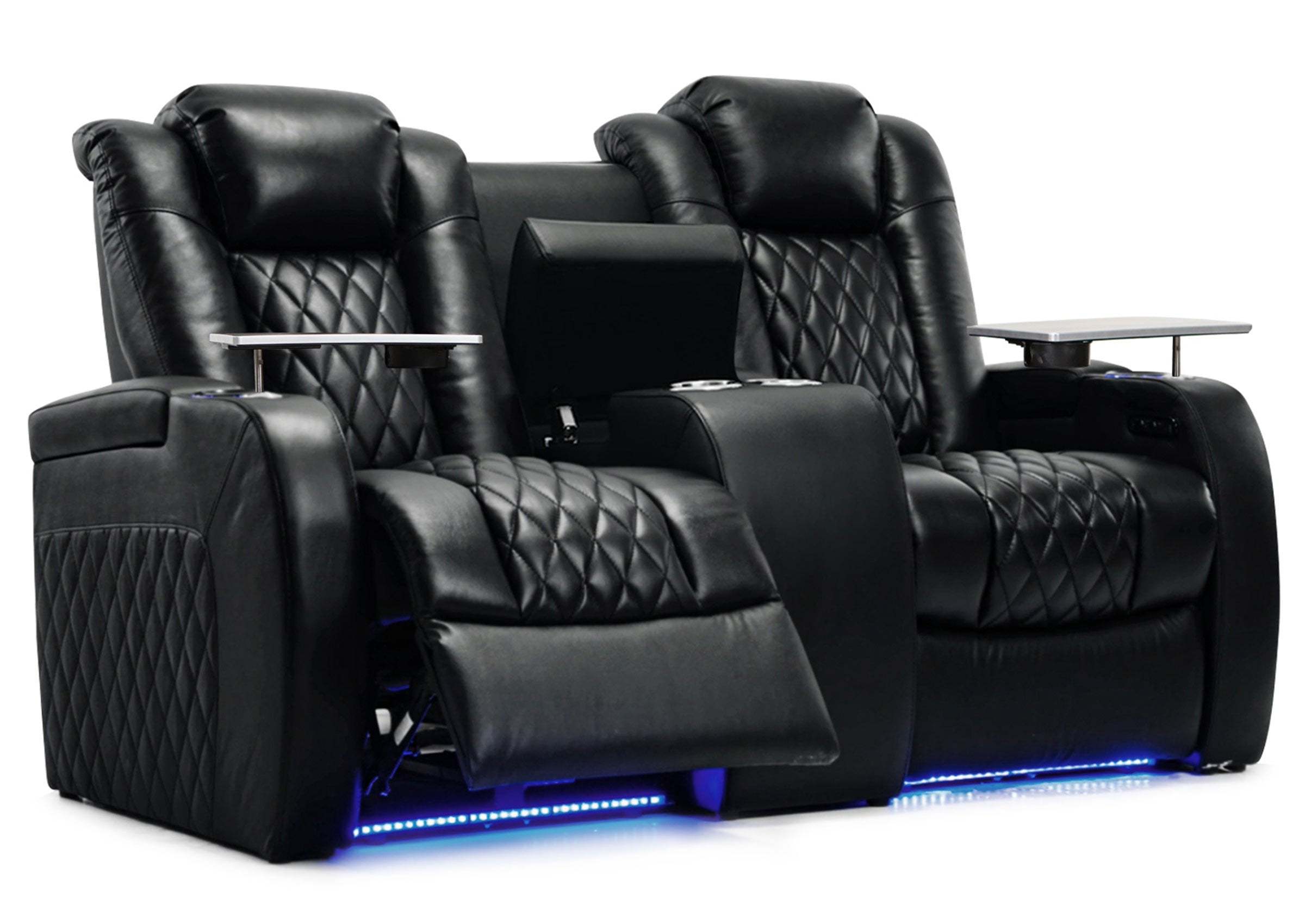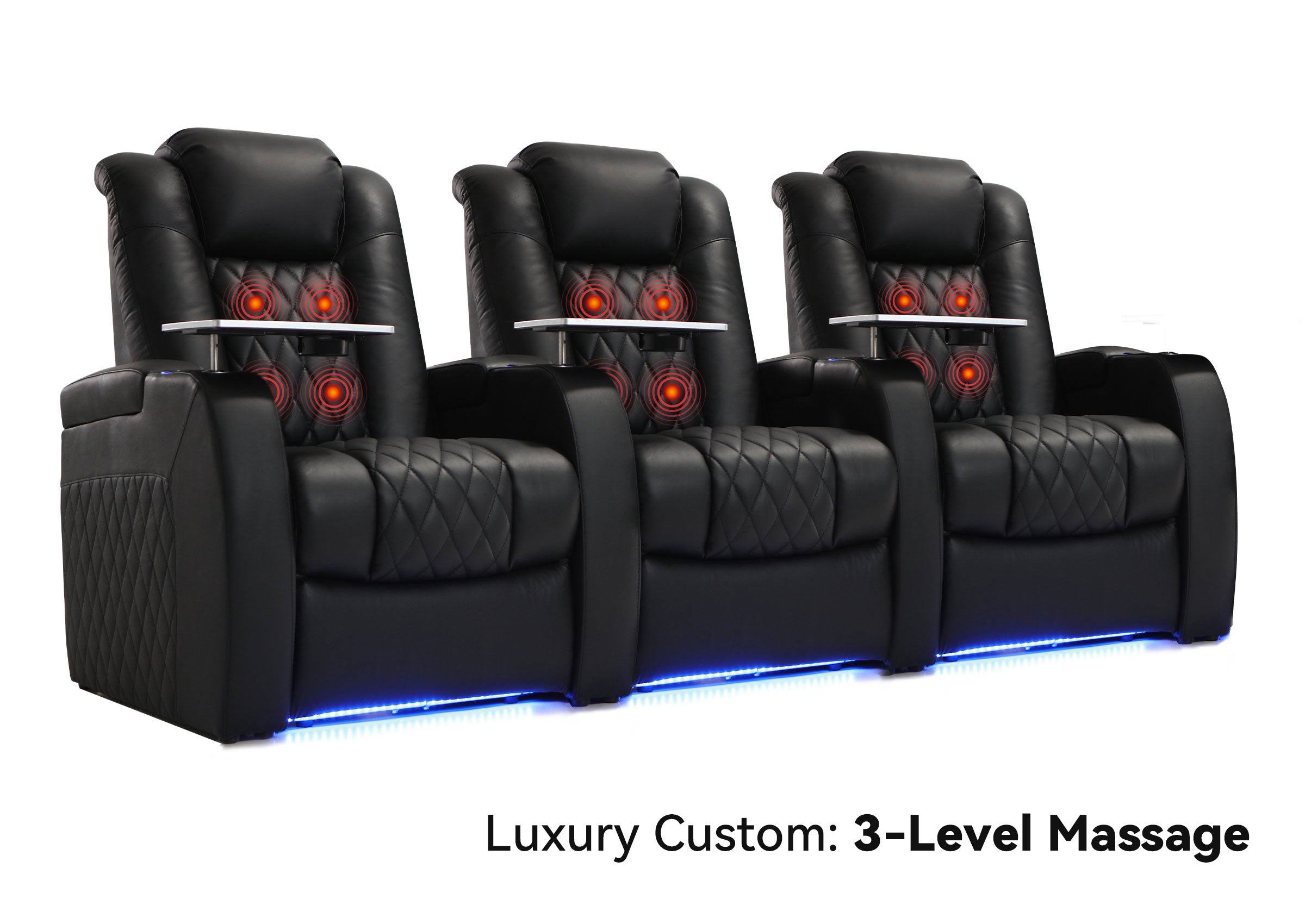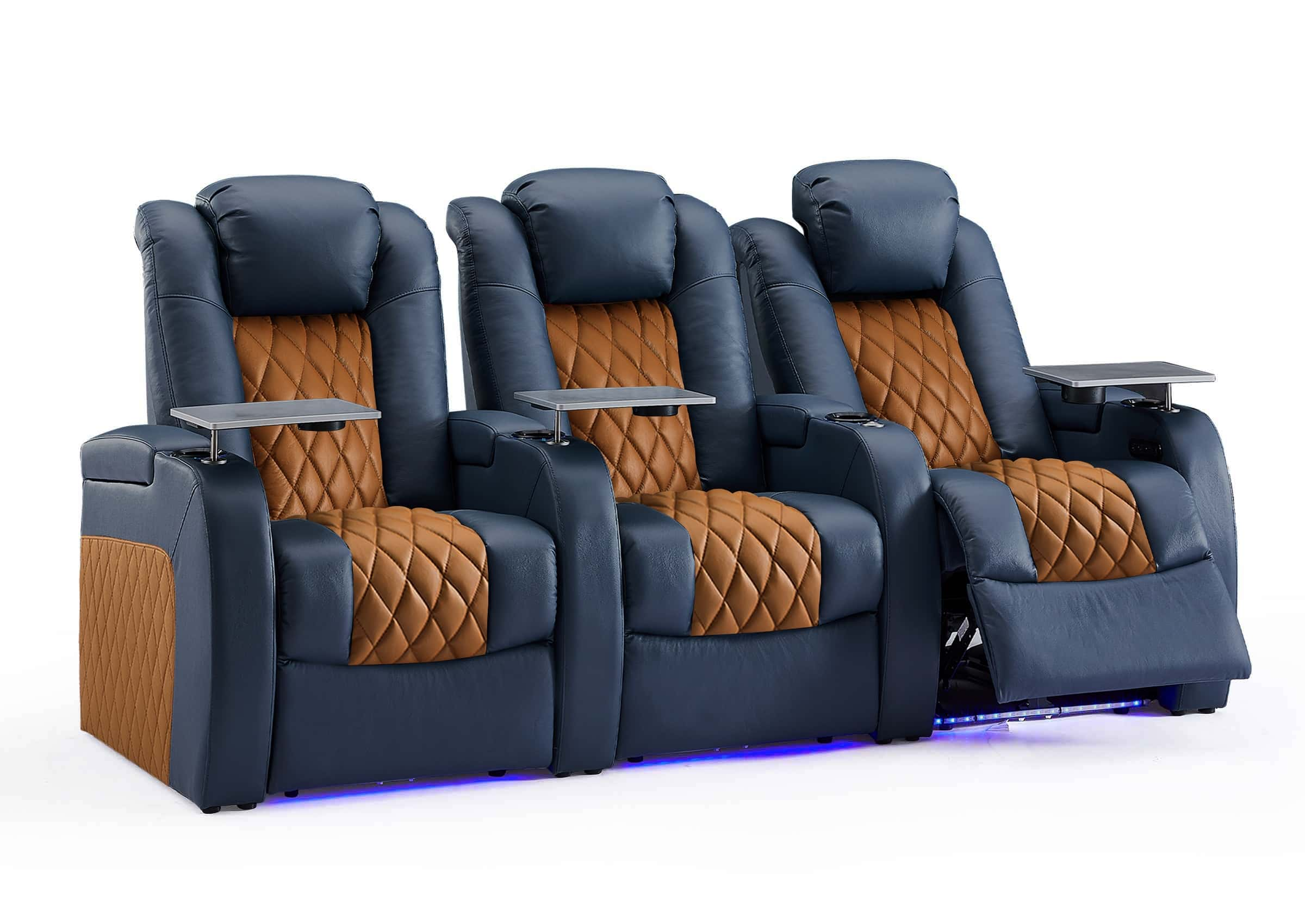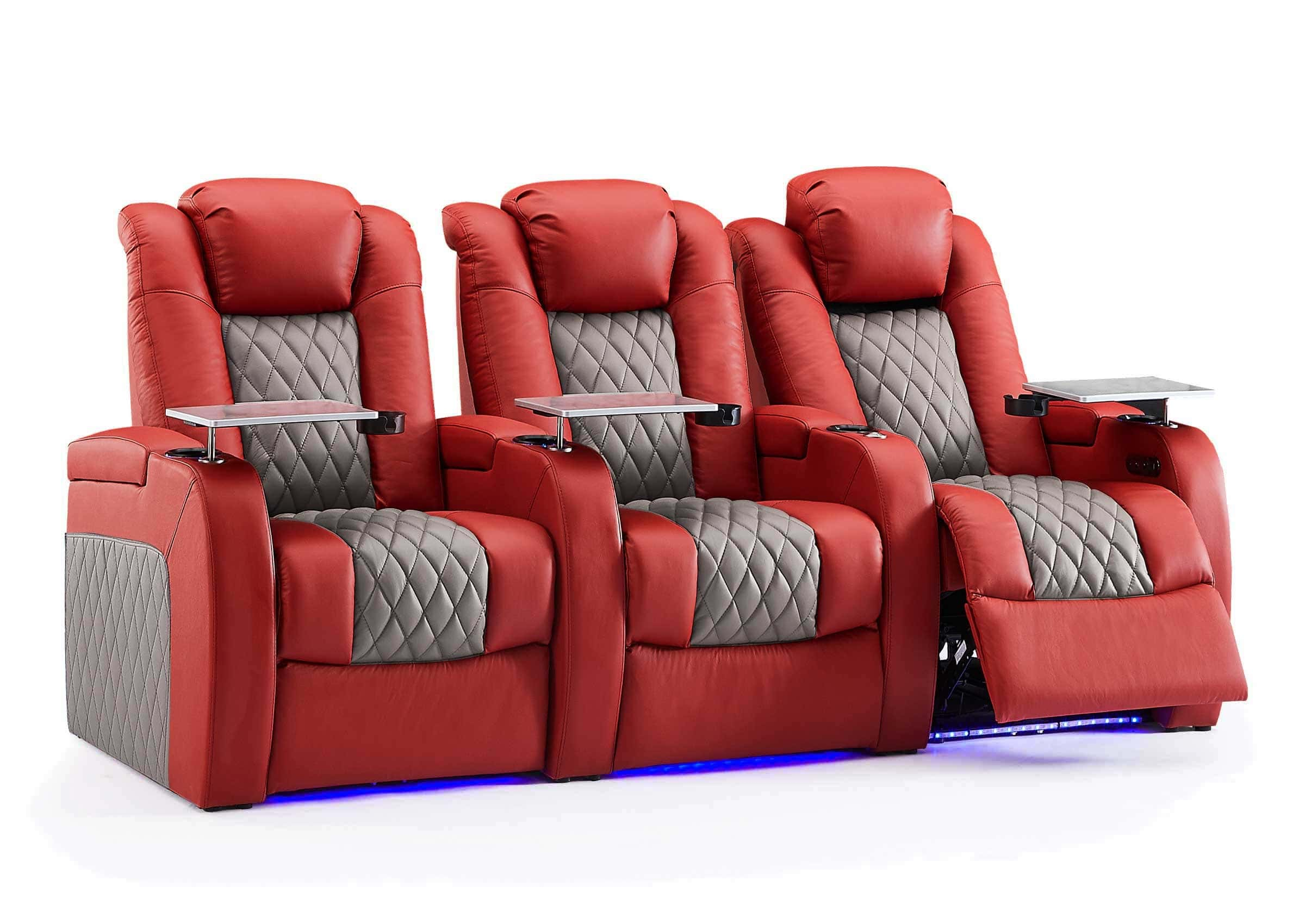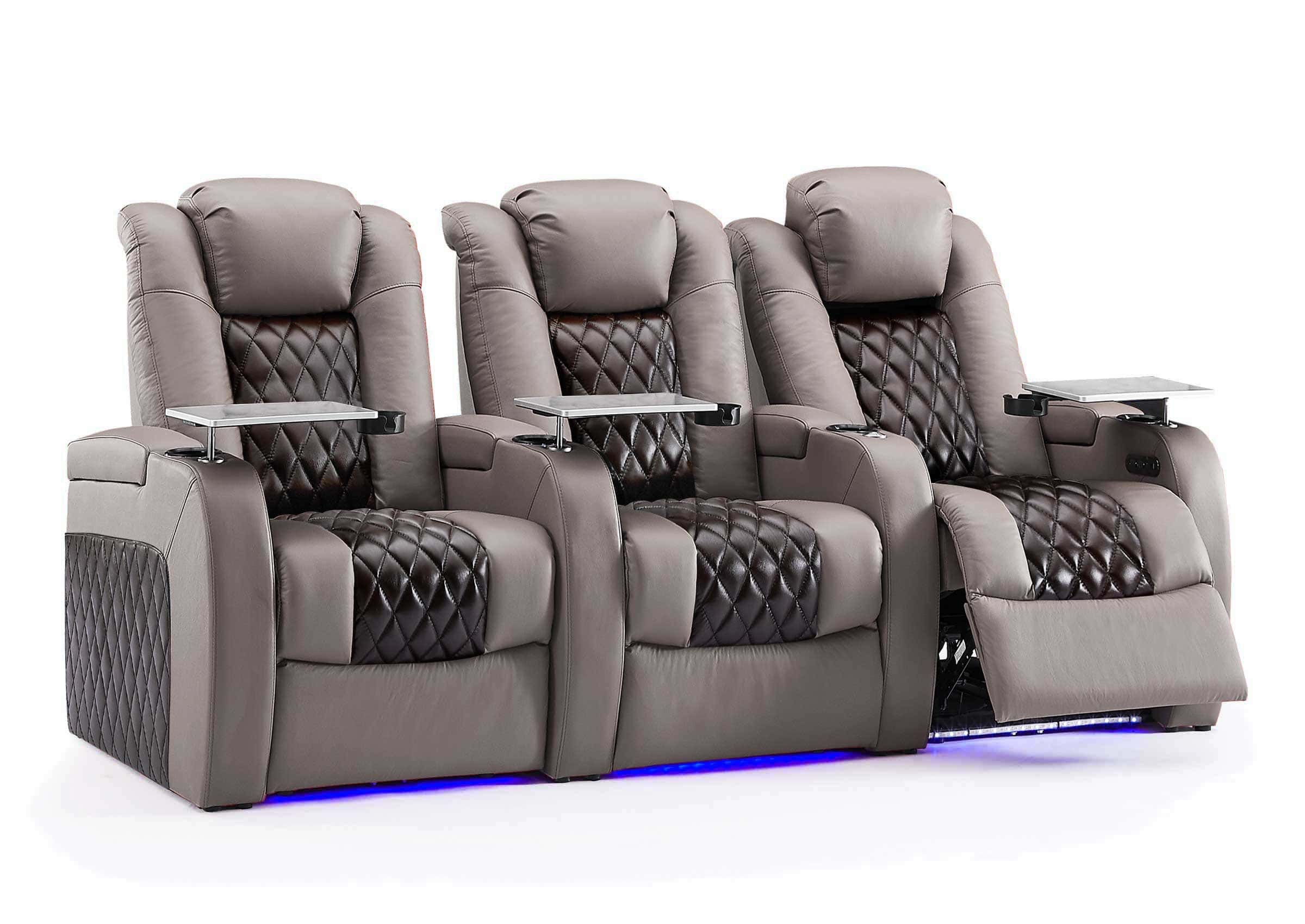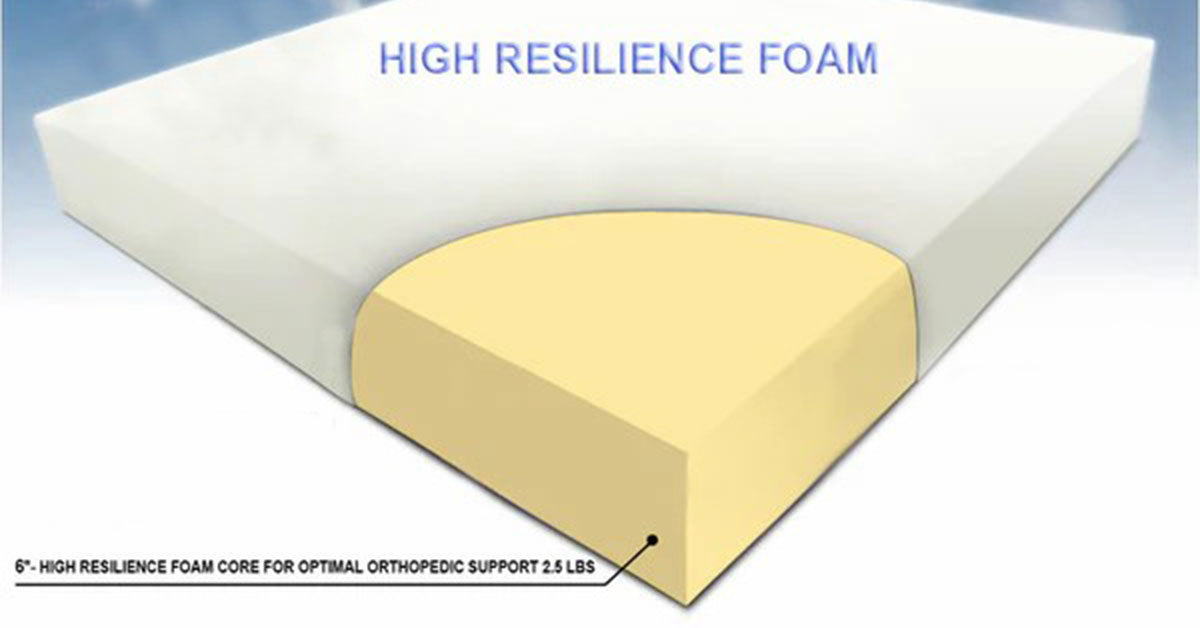A sofa is often the heart of a home. It’s where you unwind after a long day, gather for movie nights, and chat with friends. Since it plays such a central role, choosing a high-quality sofa is an investment in your home’s comfort and style that will pay off for years. But with so many options out there, telling a well-made piece from one that will disappoint can be tough.
A Foundation Built to Last
The true test of a sofa's longevity lies in its frame, the hidden skeleton that holds everything together. A sturdy, well-built frame is the non-negotiable starting point for any quality piece of furniture. You just need to know what to look for.
What a Solid Frame is Made Of
A great sofa starts with a solid foundation, and that means a frame made from kiln-dried hardwood. The kiln-drying process removes moisture from the wood, which prevents it from warping, cracking, or bowing as the years go by. Dense woods like oak, maple, ash, or beech are all fantastic choices. If you see a tag that mentions "hardwood solids," you're on the right track. Be cautious of frames built from softer woods like pine, and especially wary of those made with particleboard or MDF. While some high-grade, multi-layered plywood can hold up, particleboard is much weaker and prone to sagging and damage.

How It’s All Put Together
The way the frame is joined is just as crucial as the wood itself. The most durable frames are assembled using traditional woodworking techniques like wooden dowels or mortise and tenon joints. You also want to see corner blocks in each corner of the frame for added strength and stability. These should be glued and screwed into place, not just stapled. On lower-end sofas, you’ll often find that the frame is held together with only staples, nails, or a bit of glue. These connections will inevitably loosen, leading to a wobbly, unstable couch.
When you're in the store, ask the salesperson about the frame construction. And don't be shy about giving it a little test. Try lifting one of the front legs about six inches off the floor. If the other front leg rises with it almost immediately, that’s the sign of a rigid, sturdy frame. If the sofa twists or flexes, it’s best to walk away.

The Secret to Lasting Comfort
While the frame provides the backbone, the cushions provide the comfort. The filling inside not only determines how a sofa feels when you first sit on it, but also how well it will keep its shape and avoid becoming lumpy or flat.
What's Inside Your Cushions Matters
High-resilience (HR) foam is an excellent, durable choice for cushions because it offers great support and bounces back well. When you're looking at specs, a foam density rating of at least 1.8 pounds per cubic foot for seat cushions is a good benchmark for quality. For a truly luxurious, sink-in feeling, down and feather fillings are an option, but they do require regular fluffing.
Often, the best solution is a hybrid. Many high-end sofas feature cushions with a supportive foam core that's wrapped in a plush layer of down, feathers, or a synthetic equivalent. This gives you the best of both worlds: the resilience of foam and the soft comfort of down. Just be careful with sofas whose cushions are filled only with low-density foam or basic polyester fiberfill, as these will compact quickly and leave you with a lumpy, uncomfortable seat.

The In-Store Sit Test
When you’re trying out a couch, notice how the cushions feel. They should be comfortable but also offer solid support. Press down firmly on a cushion and see how quickly it returns to its original shape. A fast recovery is a great sign. Also, run your hands along the sofa’s arms and back. You shouldn't be able to feel the hard edges of the frame through the padding. Generous, even padding all around is a mark of quality construction.
The Right Look and Feel
A sofa’s upholstery is its most visible feature, defining its style and how it feels to the touch. The right fabric needs to look good, feel good, and stand up to the rigors of everyday life.
Picking Fabric for Your Life
Natural fibers like cotton, linen, and wool are beautiful, but they often perform best in a blend. For example, a cotton-polyester blend gives you the softness of cotton with the durability and wrinkle-resistance of polyester. Leather is a classic for a reason; it's incredibly durable and develops a rich patina over time. Just make sure you're getting top-grain or full-grain leather, not bonded leather, which is a much less durable composite material that can peel and crack. For homes with kids or pets, synthetic fabrics like polyester, nylon, or olefin can be lifesavers due to their exceptional stain resistance and durability. When considering a leather sofa, be mindful of the need to protect it from cat scratches, as the material is prone to puncture and tears.

Check the Details
You can learn a lot about a fabric's durability from its "double rub" count, which simulates the wear from someone sitting down and getting up. For a sofa in a high-traffic family room, a rating of at least 15,000 double rubs is good, and anything over 30,000 is exceptionally tough.
Beyond the specs, look closely at the craftsmanship. On a patterned sofa, the lines and motifs should match up perfectly at the seams. All stitching should be straight and clean, with no puckering. The welting, which is the corded trim on the edges of cushions, should be smooth and tight. These small details are clear signs of the care and quality that went into the piece.
The Support System Below
Beneath the cushions lies the suspension, or spring system, which provides the support and prevents the sofa from turning into a sagging mess. A good suspension distributes weight evenly, adding to the sofa's comfort and lifespan.

The Gold Standard in Support
The best and most durable suspension system is the traditional eight-way hand-tied spring system. This is a labor-intensive method where each coil spring is tied by hand to the frame and the other springs in eight different directions. The result is a web of interconnected springs that moves with you, providing incredible comfort and support. Because it's a time-consuming process, it's typically found in high-end sofas.
What Lies Beneath
A more common but still very solid option is the sinuous spring system. These are S-shaped steel wires that run from the front of the frame to the back, creating a supportive grid. When made from heavy-gauge steel with the springs placed close together, this system provides excellent, long-lasting support. The system to be most cautious of is web suspension, where elastic bands are stretched across the frame. While some high-quality webbing exists, it generally offers less support than a spring system and is far more likely to stretch and sag over time.
A Purchase That Lasts
Choosing a sofa is a big decision, and it’s an investment in your home’s future comfort. To navigate the many different types of sofas available, look past the surface-level style and know the signs of quality construction. This way, you can find a piece that you’ll love for years. A great sofa is more than just furniture; it's a backdrop for your life, and it’s worth choosing one that’s built to last from the inside out.





